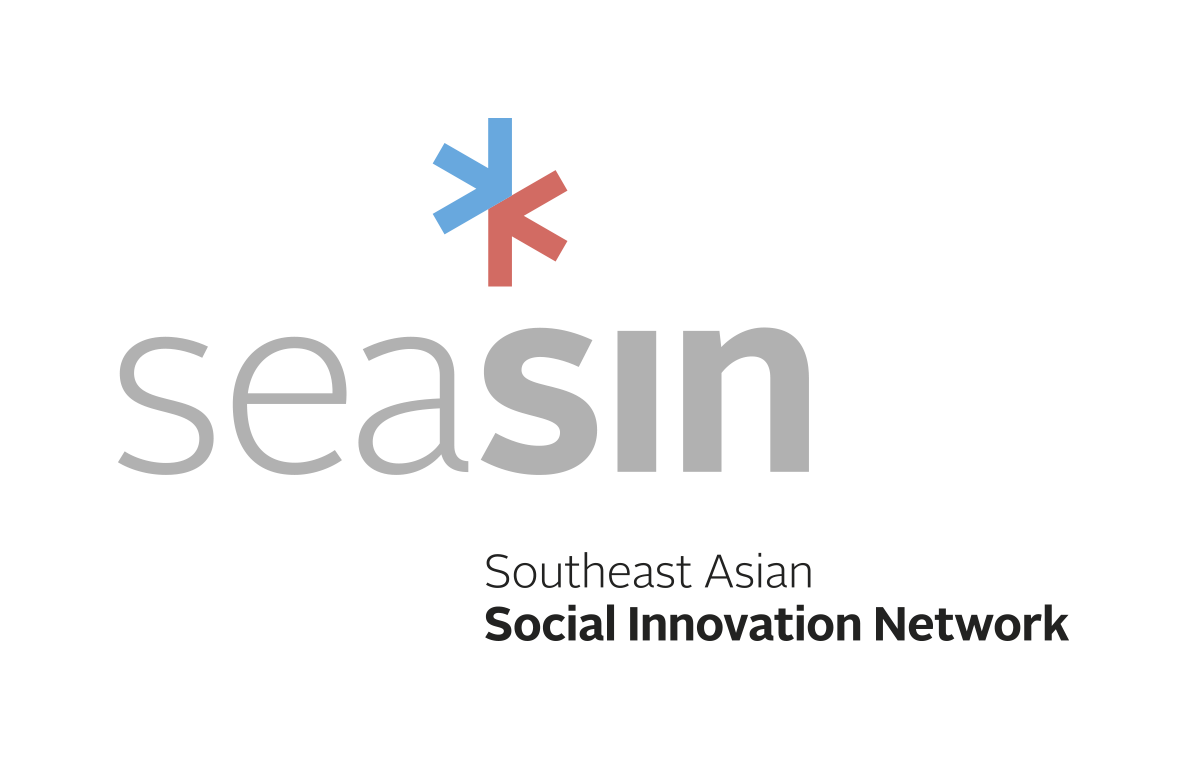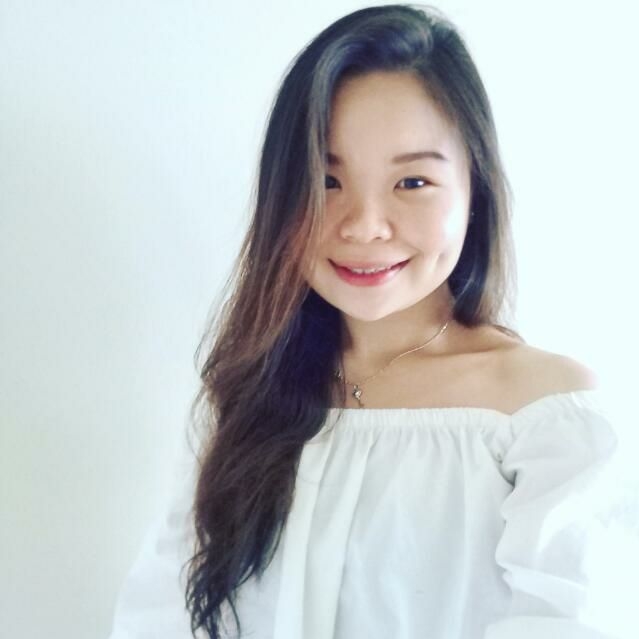As a student in business school, I’ve always been fond of topics revolving around entrepreneurship. For me, entrepreneurship is all about solving problems and improving lives, whilst being self-sustainable and even profitable. As a major in Accounting and Finance degree, I’ve always wonder if there’s more to just monetary value which businesses can create. After a year trying to discover more meaning behind my studies, I was introduced to the idea of social entrepreneurship. I was amazed how it is possible to synergize the power of conventional business with core purpose of solving social or environmental issues, that leads to greater value generation, and this is more than just dollars and cents. I knew I needed to share that idea to my course mates, particularly because they were also from the business school and very likely to be involved in the business world in the future. I thought if the idea of social entrepreneurship can be instilled in their minds, it might trigger them to create innovative social projects or even business models that are both socially and financially sustainable.
However, conveying the idea wasn’t exactly the easiest thing to do, especially because social missions were never really a major discussion topic in our typical syllabus. Anything social-related was always a “side-dish” in our textbooks that students tend to deemphasize. Whenever I try to communicate how a social issue can be tackled through business models, my friends couldn’t grasp the idea. Social and financial goals are always black and white for them because social missions are always incorporated in a company under corporate social responsibility (CSR) and it often means money flowing out instead of revenue coming in to the company. There were some efforts by the university in trying to educate the campus community more about social entrepreneurship and social innovation ideas through forums and talks. But I thought we needed a more relevant way to do that so that people would finally notice. So, I decided to show the idea, literally, to the campus community because “seeing is believing”.
After assembling a group of close friends, we began to reach out to social enterprises across Malaysia and invited them over to the campus to run a social market – a marketplace for products and services that are created to bring better change to the lives of underserved communities and nature. The Good Tavern Social Market becomes more than a marketplace, it is where people share stories, spread ideas, and connect like-minded people. It wasn’t long until more and more people heard about the project and soon we expanded beyond campus, into one other university and also MaGIC Cyberjaya (also known as the Silicon Valley of Malaysia). We knew we were doing the right thing because people were finally listening. The simple idea of running a marketplace wasn’t just about sales, but it’s truly for the social innovators, social enterprises, and even the underserved community to share their stories, with the greater hope to inspire more changemakers for a better world.
I have been blessed to be in a university environment where I had supportive lecturers and friends to make The Good Tavern (TGT) possible. The team might have created TGT but TGT was the one that has built us to be more creative, compassionate, and agile as human-beings. We’re connected to many organizations and projects, like SEASIN, who constantly show support in making us better so that we can continue to innovate and improvise projects. As a proud millennial, I believe we are becoming more conscious of issues beyond our own daily lives, but of greater ones that can impact our future generation. Change for the better is possible even with the simplest idea. We just have to click the “start” button.
Chloe Tee, former student at Sunway University


Recent Comments